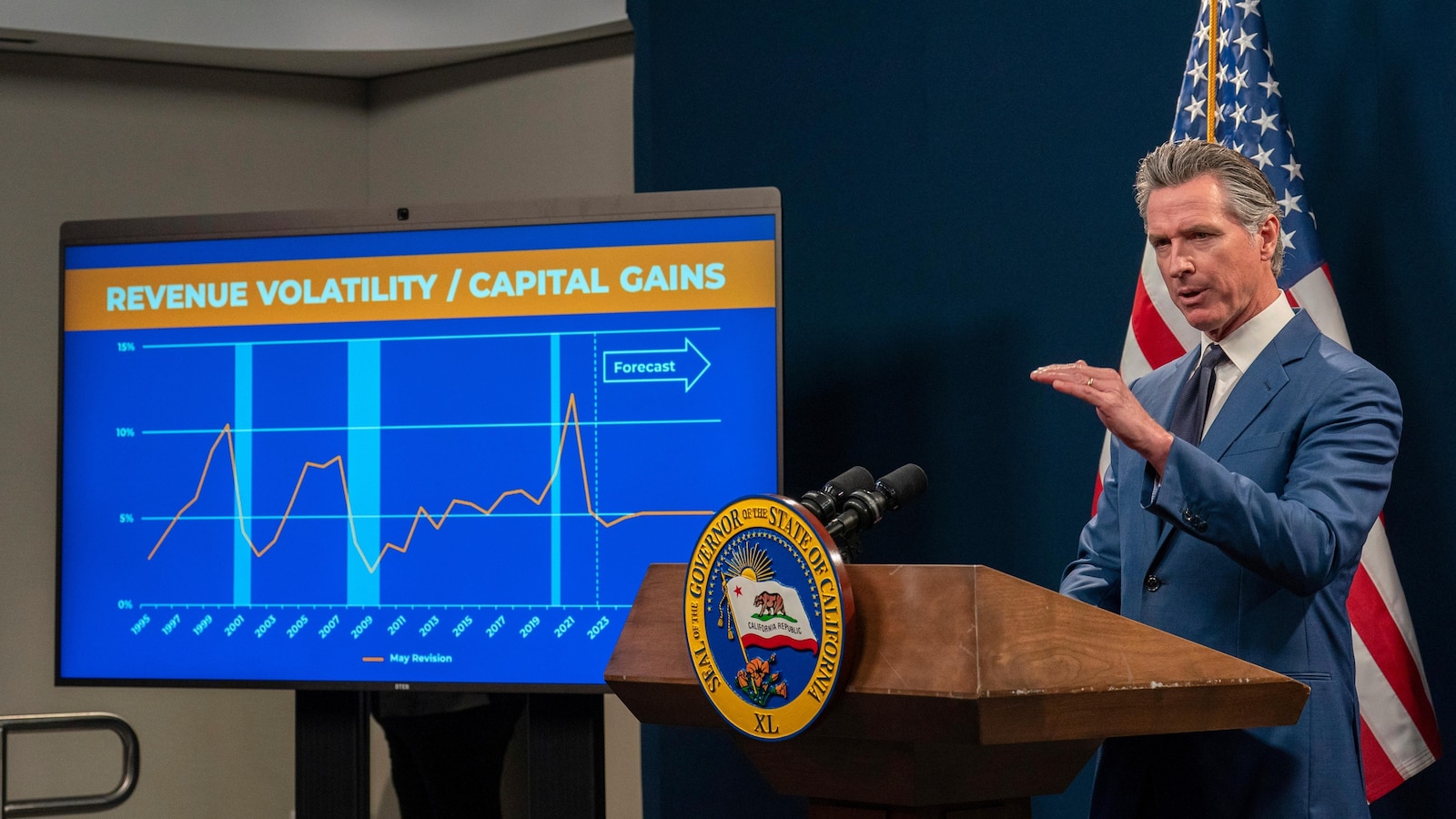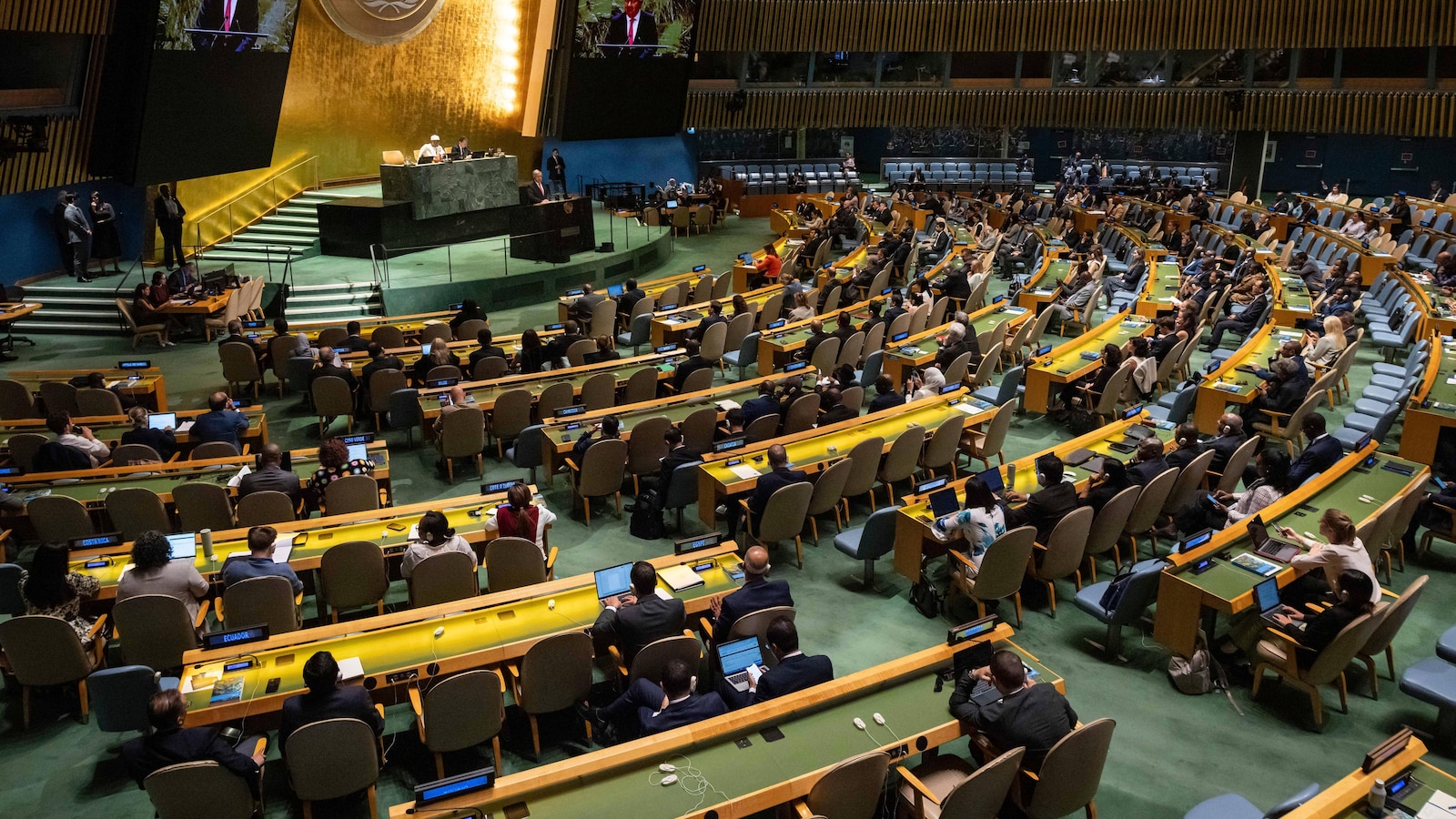
SACRAMENTO, Calif. — California Gov. Gavin Newsom last year agreed to a tax increase that aimed to do two things: Help balance a budget with a multibillion-dollar shortfall, and pay doctors more money to treat patients covered by Medicaid — the taxpayer-funded health insurance program for people with low incomes that now covers one out of every three people in the state.
A year later, California is relying on this tax more than ever. Newsom raised it again in March to help cover another multibillion-dollar shortfall this year. And he’s proposing to raise it a third time to generate even more money as the deficit has continued to grow.
But many of the doctors who were supposed to see an increase in their Medicaid rates haven’t gotten it yet. Now, citing the budget deficit, Newsom wants to back out of the agreement he made with doctors last year that would have used about $5.4 billion from the tax to increase their rates starting in January 2025.
Newsom’s proposal was no surprise to California’s medical community, who have seen the state raise their rates before, only to backtrack later during an economic downturn. But doctors have something this year they haven’t had in the past: Leverage. Last week, they qualified a measure to appear on the November ballot that would force the state to pay them more for treating Medicaid patients.
If approved by voters, doctors would get their raise no matter what Newsom and the state Legislature decides.
“I’ve been around long enough to live through promises kept, promises broken,” said Dustin Corcoran, CEO of the California Medical Association, which supports the ballot measure. “The ballot measure changes that calculation for every provider in the state.”
It’s the latest example of budgeting by the ballot box in California, where the initiative process gives frustrated interest groups a way to bypass the state Legislature. Voter-approved laws in California already require the state to sometimes return a portion of budget surpluses to taxpayers and ensure lawmakers spend about 40% of the budget on public education each year. Another also threatens to withhold legislators’ salaries if they don’t pass a budget by June 15 each year.
These measures, while popular with voters, can leave lawmakers with fewer options when trying to either close a budget deficit or prepare for one in the future. It’s one reason why Newsom administration officials have had conversations with doctors about withdrawing this latest measure from the ballot, according to Corcoran. The deadline to do that is June 27.
The state Legislature, which is controlled by Democrats, has their own proposal that would delay the rate increases by one year instead of eliminating them entirely. Democratic Assemblymember Akilah Weber, who is also a doctor, said it would keep the state’s promise to raise rates while convincing more doctors to accept Medicaid, but John Baackes, CEO of the L.A. Care Health Plan, said the Legislature’s proposal is “a nice gesture, but all it does is kick the can down the road.”
“Everyone’s really despondent that the state will never get Medicaid reimbursement to where it should be,” he said.
The health care tax applies to managed care organizations that contract with the state to administer Medicaid benefits. For the most part, such groups welcome the tax because it triggers more money from the federal government.
California’s Medicaid population has grown in recent years now that low-income people are eligible for the program regardless of their immigration status. Newsom has vowed to protect that expansion. It’s one reason he’s proposed for backing out of the deal to pay doctors more for treating Medicaid patients, saying the money is better spent to make sure California doesn’t have to cut benefits to balance the budget, according to H.D. Palmer, spokesperson for the California Department of Finance.
But many Medicaid patients are having a hard time finding doctors that will treat them, mostly because they don’t get paid much to do it. It’s especially true when needing to see a specialist, where a lengthy delay can often transform a minor medical problem into a major one, said Dr. Ilan Shapiro, chief health correspondent and medical affairs officer for AltaMed Health in Los Angeles.
“It takes awhile to get someone to actually see the patients, sometimes months,” he said.
Corcoran says the ballot measure, if approved, would convince more doctors to accept Medicaid patients because they would know that, this time, the rate increases would stick.
“The first question shouldn’t be, ‘Are you on commercial insurance or are you on Medicaid?’ when you’re trying to get an appointment,” he said.
According to recent data, one in three Californians are currently enrolled in Medicaid, the state’s health insurance program for low-income individuals and families. With such a large portion of the population relying on Medicaid for their healthcare needs, doctors and healthcare advocates are pushing for a ballot measure that would increase state funding for the program.
Medicaid, also known as Medi-Cal in California, provides essential healthcare coverage to over 13 million residents in the state. This includes low-income children, pregnant women, seniors, and individuals with disabilities. However, despite its importance in providing access to healthcare services for those who may not otherwise be able to afford it, Medicaid has faced challenges in recent years due to funding constraints.
The proposed ballot measure, known as Proposition 56, aims to address this issue by increasing the state’s tobacco tax by $2 per pack of cigarettes. The additional revenue generated from this tax would be used to fund Medi-Cal and other healthcare programs, ensuring that all Californians have access to quality and affordable healthcare.
Doctors and healthcare advocates are rallying behind Proposition 56, arguing that increased funding for Medicaid is crucial to ensuring that patients receive the care they need. Without adequate funding, healthcare providers may be forced to limit services or turn away patients, ultimately putting the health and well-being of millions of Californians at risk.
In addition to supporting Medicaid funding, Proposition 56 also aims to reduce smoking rates in the state by making cigarettes more expensive. Studies have shown that higher tobacco taxes can help deter individuals from smoking, ultimately leading to improved public health outcomes and reduced healthcare costs in the long run.
Opponents of Proposition 56 argue that increasing the tobacco tax unfairly targets low-income individuals who may already struggle to afford basic necessities. However, proponents argue that the benefits of increased funding for Medicaid far outweigh any potential drawbacks, as it will ultimately improve access to healthcare for all Californians.
As the November election approaches, the fate of Proposition 56 remains uncertain. However, one thing is clear: the need for increased funding for Medicaid is more pressing than ever. With one in three Californians relying on the program for their healthcare needs, it is essential that the state take action to ensure that all residents have access to the care they deserve.


